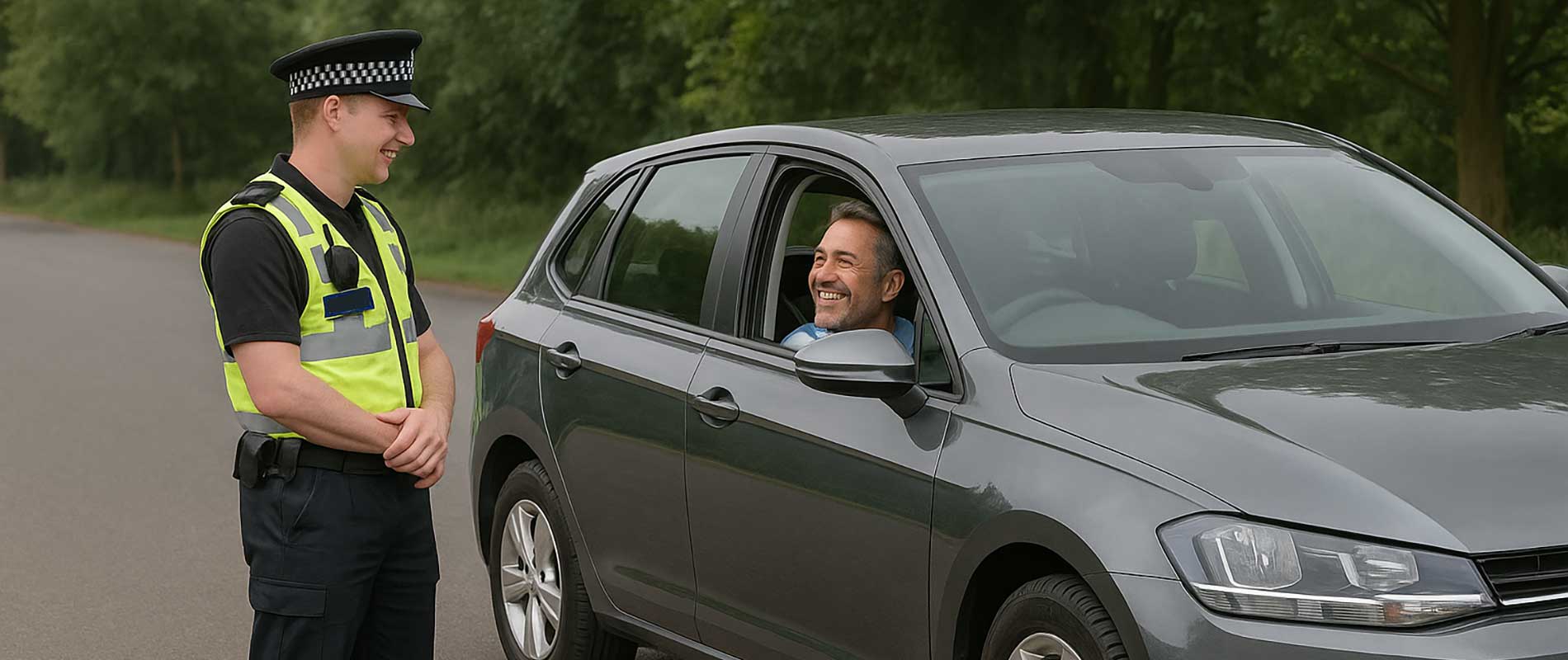Why insurers care about offence types
When you apply for car insurance, one of the first questions you’ll face is whether you’ve had any motoring convictions. To insurers, not all offences are equal. Some are seen as minor lapses; a moment of distraction or a missed speed limit sign. Others are classed as serious, signalling higher risk and, in some cases, a disregard for safety or law. These serious offences have a bigger impact on both your licence and your insurance costs.
Insurers rely on conviction codes from the DVLA to understand what happened and how risky a driver might be. The code itself tells the story: DR for drink-related offences, IN for insurance issues, DD for dangerous driving, and so on. The more severe the code, the greater the penalty and the higher the premium you’ll face afterwards.
Common examples of serious motoring offences
While every case is judged on its own facts, certain offences nearly always fall into the “serious” category:
- DR10 – Driving or attempting to drive over the legal alcohol limit. This often leads to disqualification and long-term insurance implications.
- DR40 or DR50 – Failure to provide a breath or blood sample. Seen as deliberate obstruction, it carries the same weight as a confirmed drink-drive conviction.
- IN10 – Using a vehicle without valid insurance. Insurers treat this harshly because it shows willingness to drive outside the law.
- DD40 or DD60 – Dangerous or reckless driving. These signal a lack of control or judgement on the road.
- TT99 – Totting-up disqualification. Accumulating too many penalty points through repeated smaller offences can end in a driving ban and an elevated risk rating.
Other convictions can be serious depending on the context; such as careless driving that causes injury, or driving while disqualified. Insurers pay close attention to the length of the ban and whether the driver has since completed any rehabilitation courses.
How long serious offences stay on record
Serious convictions usually stay on your driving record for several years. During that time, they must be declared to insurers. Even once they no longer appear on your licence, it’s still wise to answer truthfully if asked whether you’ve ever had a conviction. Some companies only care about recent years, while others consider your full driving history when setting prices.
It’s worth remembering that time heals, at least in insurance terms. The older the conviction, the less weight it carries. A driver who’s stayed claim-free and offence-free for a few years will often see their premiums slowly drop back to normal levels.
How insurers calculate the risk
Serious offences don’t just change a number on your licence; they change how insurers see you. A DR10, for example, tells them that alcohol was involved; statistically linked to higher accident rates. An IN10 signals financial risk or unreliability. Add-on factors such as vehicle type, age, and postcode feed into the calculation, but the conviction remains a major influence.
Some drivers find it unfair that one mistake can affect them for years. But insurers are cautious by nature. Their models are based on data, and data moves slowly. The good news is that every clean year helps prove the risk is falling, giving insurers reason to offer better terms next time you renew.
Rebuilding trust with insurers
If you’re dealing with a serious motoring offence, the key is to show responsibility. Drive sensibly, keep your car maintained, and consider fitting a dashcam or choosing a telematics policy that records safe behaviour. Those small steps help demonstrate that the offence is in the past. You can also explore specialist insurers who deal specifically with convicted drivers; they’re often more understanding and realistic about pricing.
At the end of the day, a serious motoring offence isn’t the end of the road. It’s a setback, yes, but one that time and steady driving can put right. The aim is simple: rebuild your record, regain insurer confidence, and get back to driving on fairer terms.

